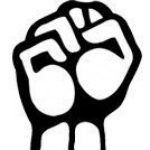Blog and website by Ronit Lentin, a political sociologist, writer and an antiracist activist.
-
It’s official: Zionism is indeed racism (by Eli Aminov)
CONTINUE READING: It’s official: Zionism is indeed racism (by Eli Aminov)If anyone needed proof that Zionism is a form of racism, then the Regulation Bill, passed on 16 November 2016 by the apartheid body also known as the “Israeli Knesset” provided a clear proof. The bill’s title, “The Israel Settlement Regulation Bill,” is a euphemism for what should have been called “The law for regulating the…
-

Zionist racialised sexual Politics and Palestinian refusal
CONTINUE READING: Zionist racialised sexual Politics and Palestinian refusalIn 2018 the Zionist entity, a non-European member of the European Broadcasting Union, was represented at the Eurovision Song Contest by Netta Barzilai, whose song “I am not your toy, you stupid boy”, which, she said, was inspired by the #MeToo movement, won the contest. An unusual Euro star, Barzilai was much admired for breaking with accepted body…
-
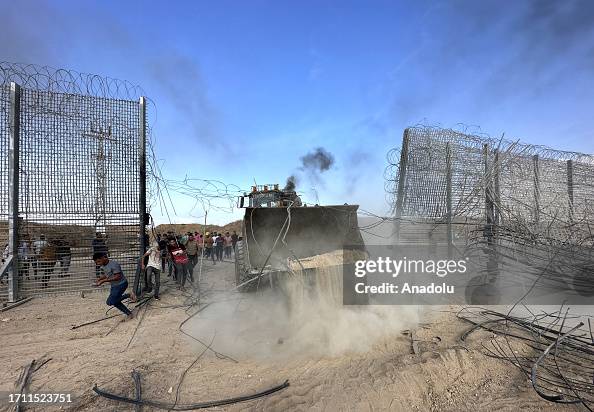
The Zionist entity as prison, Tufan Al Aqsa as a strategy of abolition
CONTINUE READING: The Zionist entity as prison, Tufan Al Aqsa as a strategy of abolitionIn July 2025, over 620 days after the onset of the Gaza genocide, the Zionist entity’s war minister Israel Katz announced plans to concentrate Gaza’s people in a “humanitarian city” – a euphemism for a concentration camp – to be constructed on the ruins of the city of Rafah. The IGF (Israel Genocide Forces), he said, would initially “move”…
-
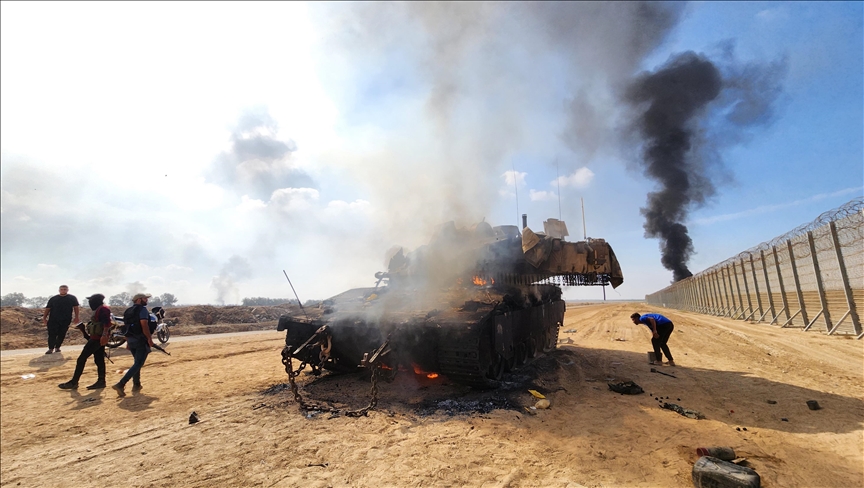
Long live the Palestinian resistance
CONTINUE READING: Long live the Palestinian resistanceThis was the preface I wrote for Race and the Question of Palestine (Lana Tatour and Ronit Lentin, eds. Stanford: Stanford University Press, 2025) but was prevented from publishing. “National liberation, national renaissance, the restoration of nationhood to the people, commonwealth: whatever may be the headings used or the new formulas introduced, decolonisation is always…
-
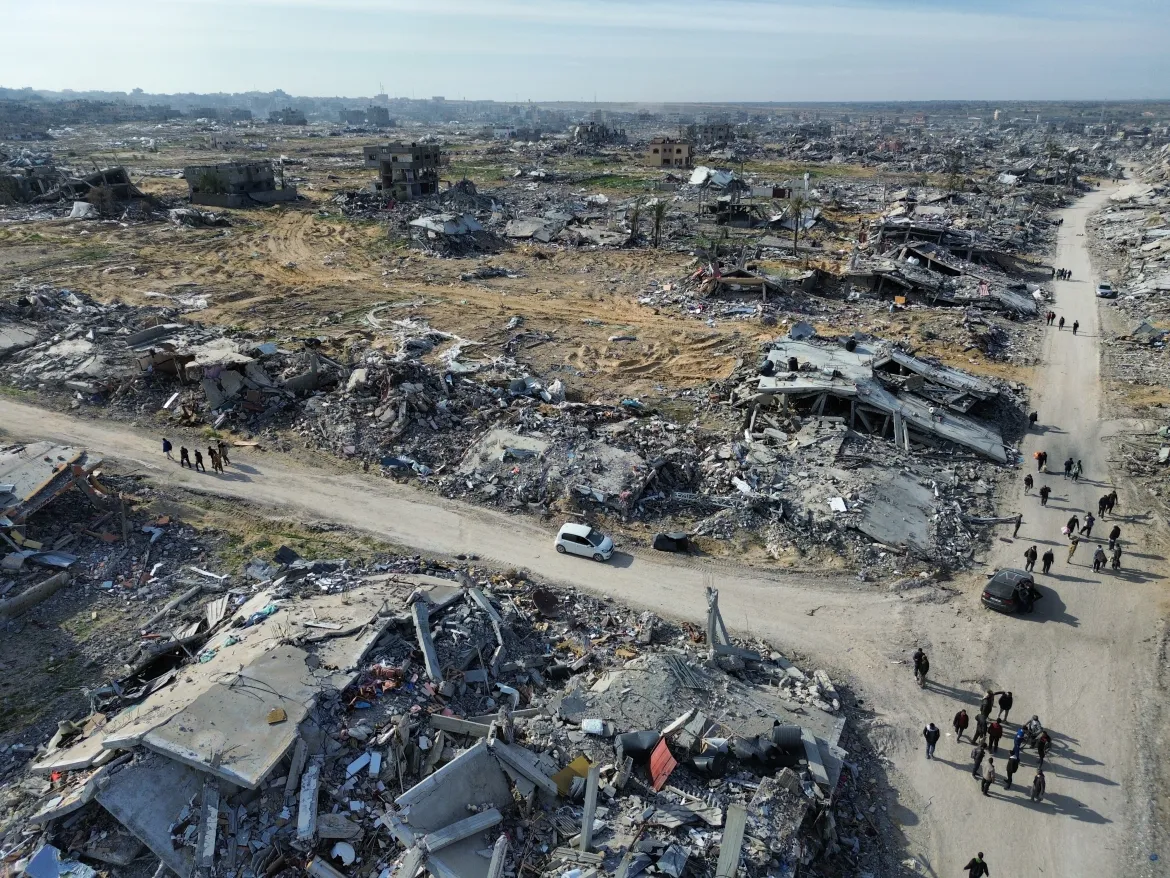
Racial capitalism and white Jewish property
CONTINUE READING: Racial capitalism and white Jewish propertyPresentation at the Academics for Palestine webinar, 17 April 2025. Speakers: Dr Sai Englert, Leiden University; Dr Greg Burris, Northwestern University in Qatar; Dr Ronit Lentin, Trinity College Dublin (ret). Chairs: Eman Aboud, Trinity College Dublin; Bana Abu Zuluf, Maynooth University. This is a short version of my papers for the special issue on Racial Capitalism and Palestine, for the Journal of…
-
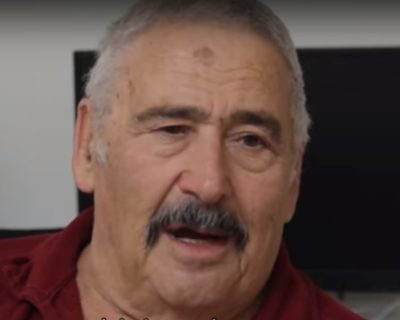
From Land Redemption to Apartheid Regime (Eli Aminov)
CONTINUE READING: From Land Redemption to Apartheid Regime (Eli Aminov)[1] Eli Aminov (1939-2022) was a radical anti-Zionist Israeli socialist activist, a member of Matzpen, the Socialist Organization in Israel. Aminov was one of the signatories of Matzpen’s September 1967 statement that called for the Zionist entity to withdraw from the Palestinian territory it occupied in July 1967, and predicting that “Occupation entails foreign rule, foreign…
-
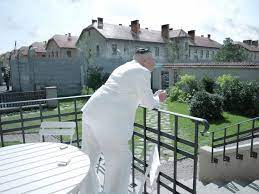
The zone of (dis)comfort
CONTINUE READING: The zone of (dis)comfortJonathan Glazer’s film The Zone of Interest, probably the most unsettling film I have seen (twice) in a very long time, ends with Auschwitz commander Rudolf Höss in an office party in Berlin, far away from his wife and five children with whom he had been living in a luxurious villa just outside the concentration camp walls,…
-
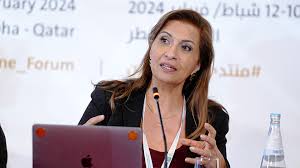
Colonial academic control in Palestine and Israel
CONTINUE READING: Colonial academic control in Palestine and IsraelInstitute of Culture and Society, Western Sydney University, “Taking action for Palestine in Academic and Cultural Institutions”, 11 April 2024 Last month, the Hebrew University of Jerusalem suspended Professor Nadera Shalhoub Kevorkian, of the Faculty of Law and Institute of Criminology and the School of Social Work for denouncing the Gaza genocide and casting doubts on the…
-

Genocide is not a metaphor: reflections on Gaza and genocide denial
CONTINUE READING: Genocide is not a metaphor: reflections on Gaza and genocide denialI recently published a blog post on the Identities blog on the Gaza genocide. Read it below or visit the Idenities blog. The question to be asked is… how long are we going to deny that the cries of the people of Gaza… are directly connected to the policies of the Israeli government and not…
